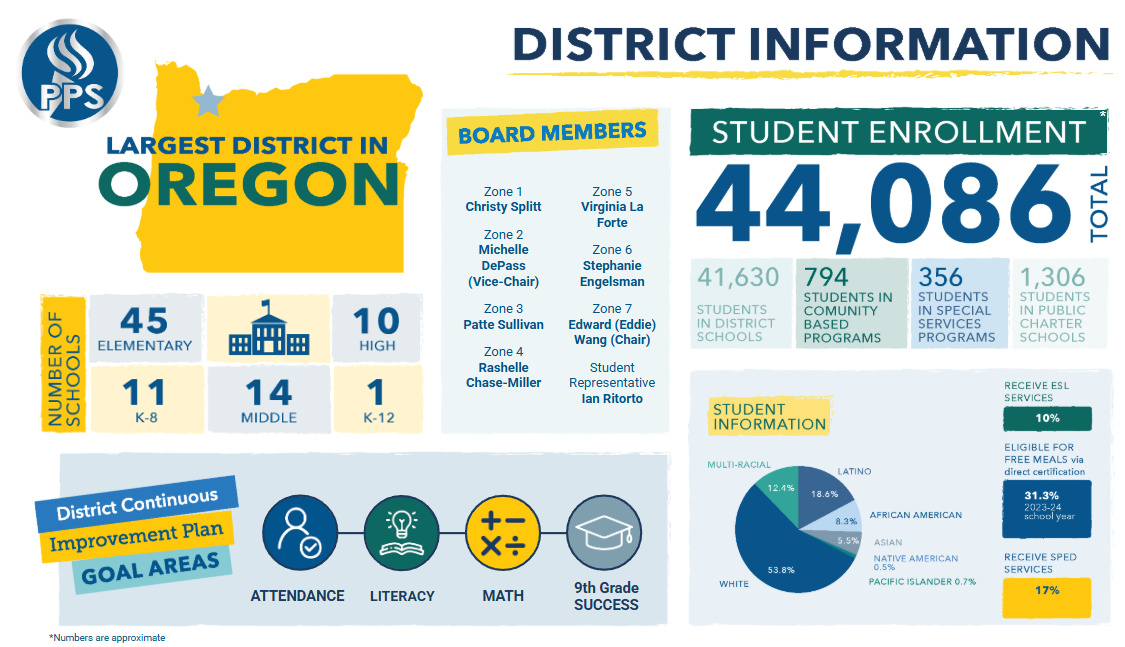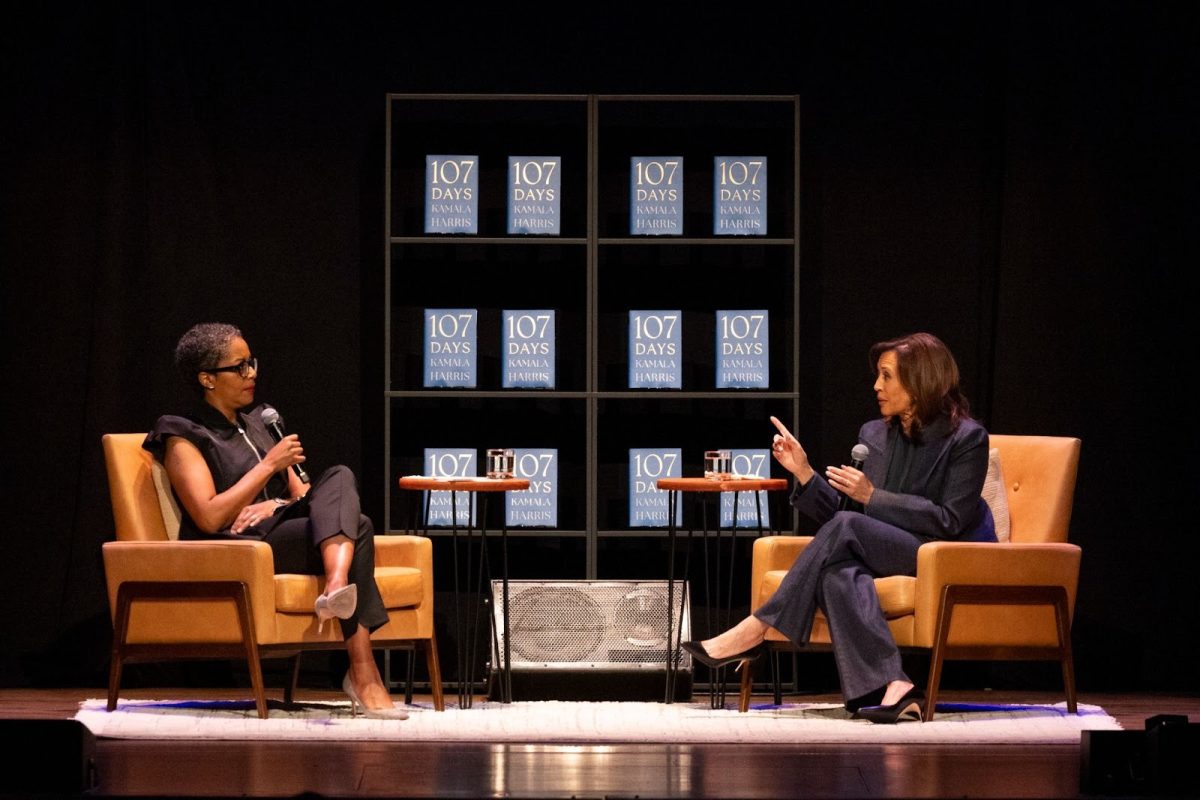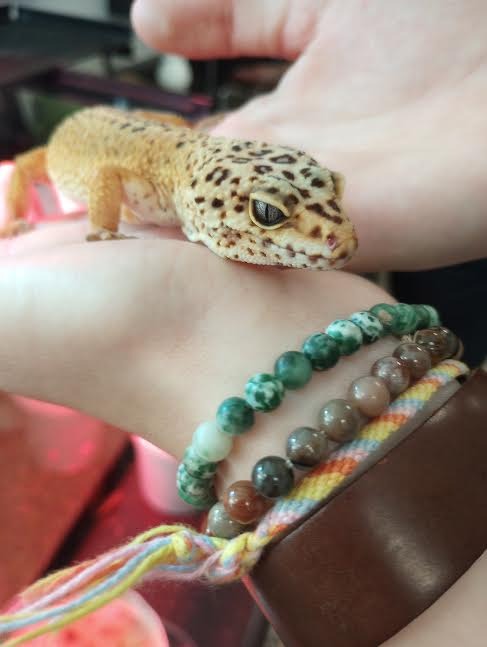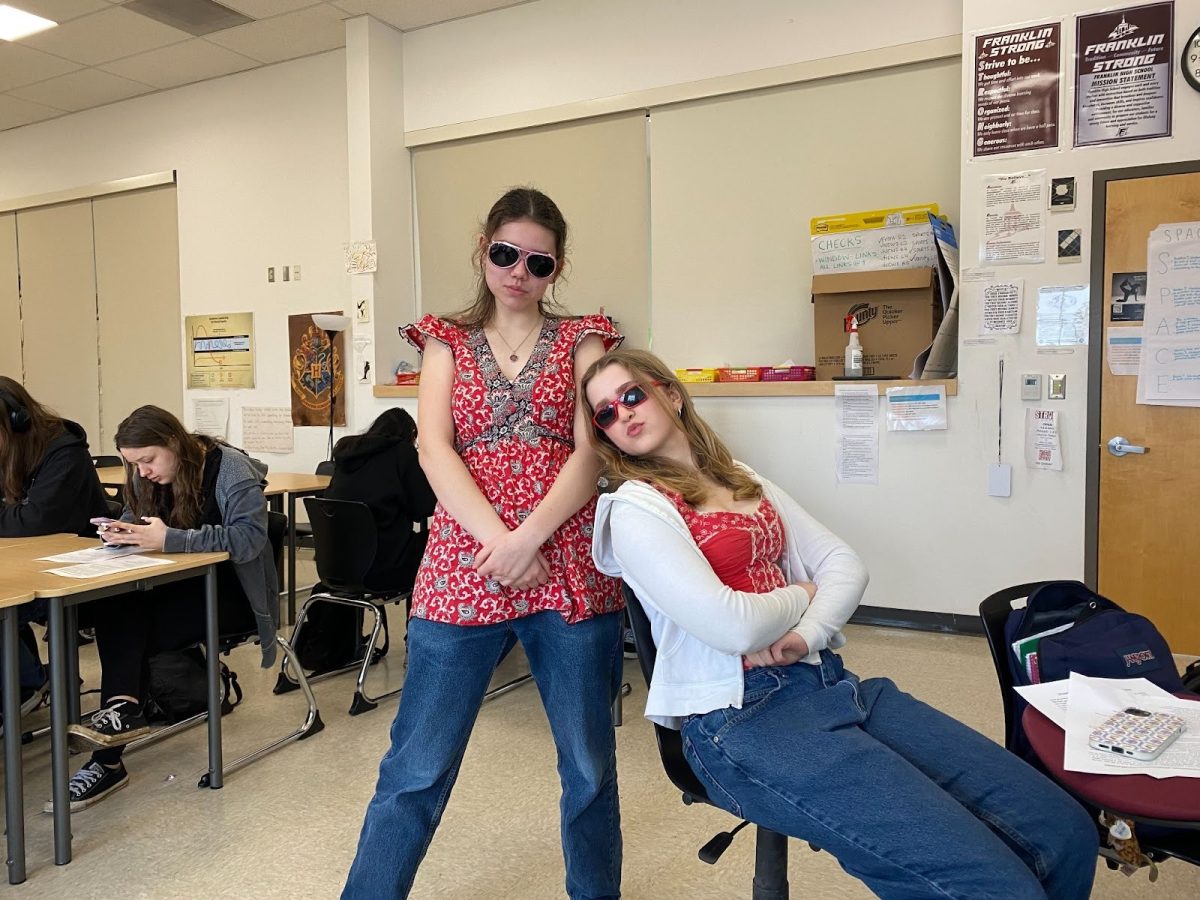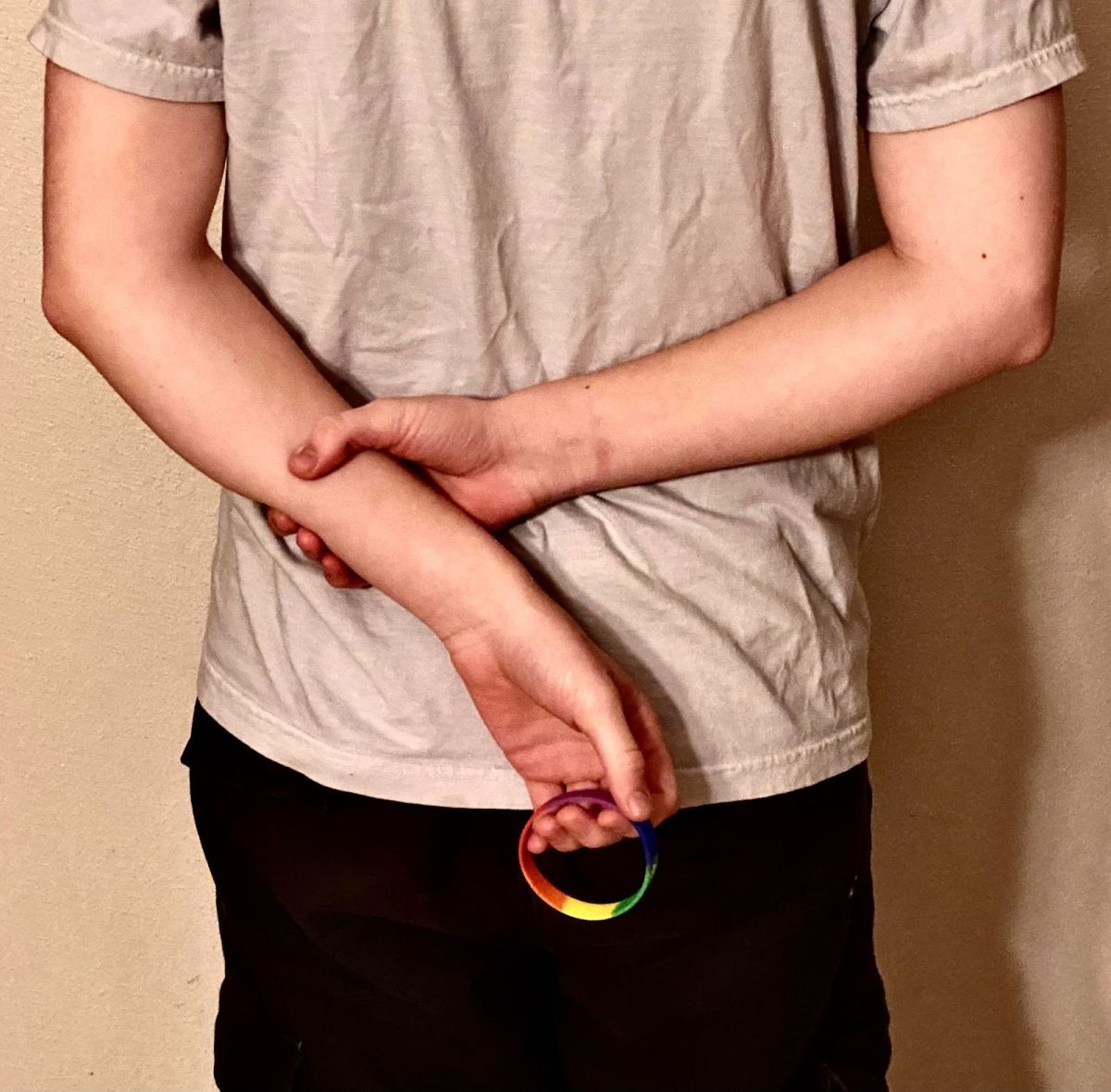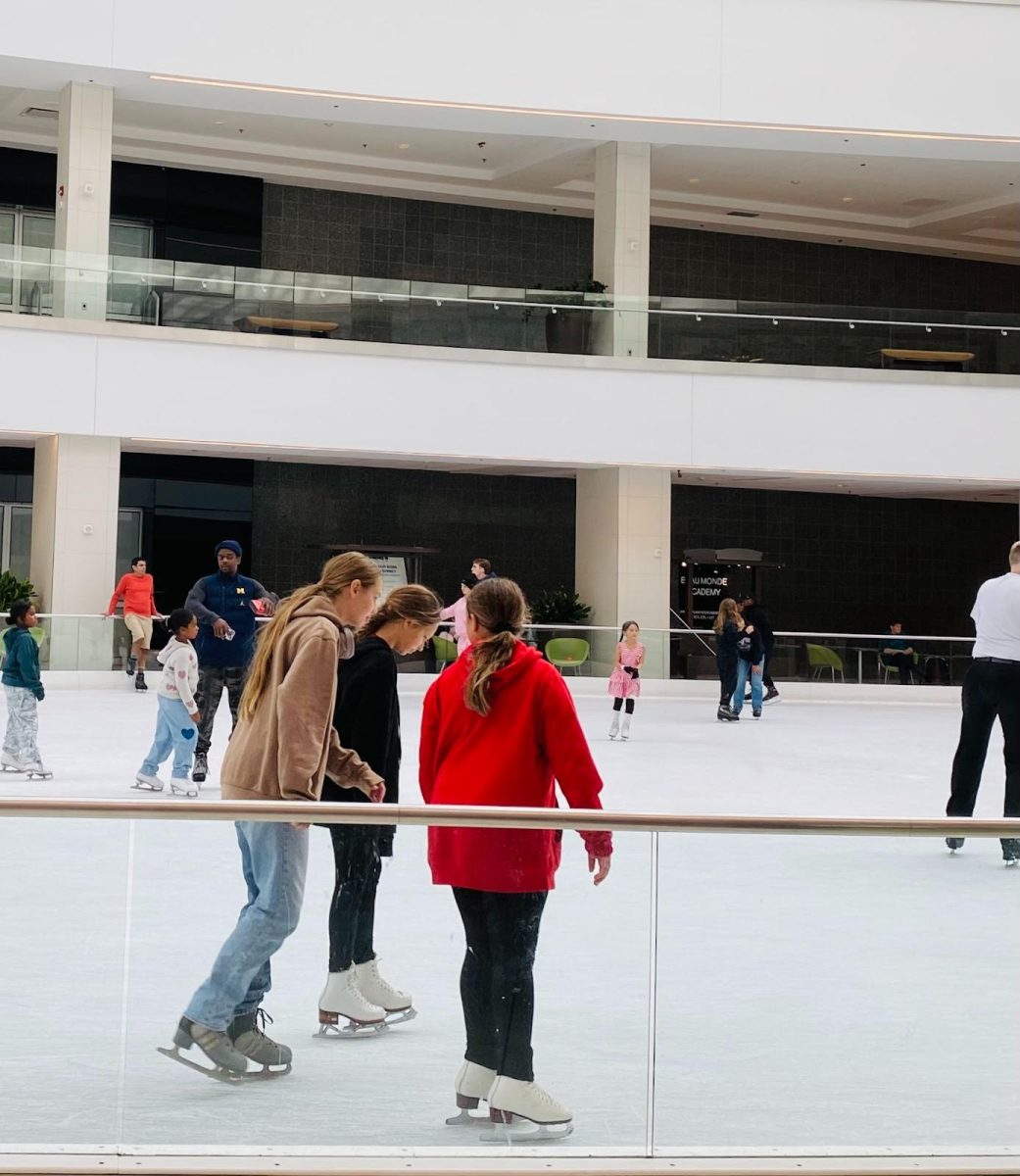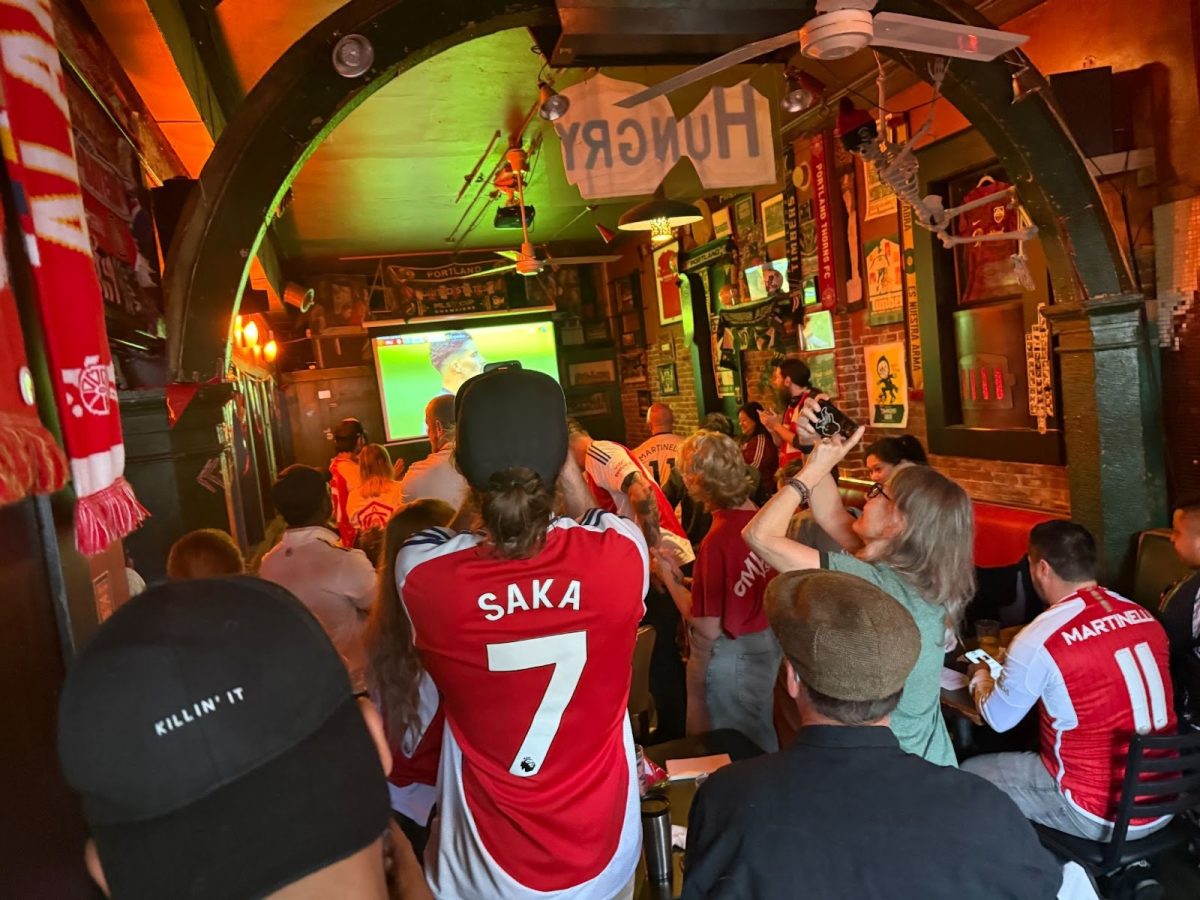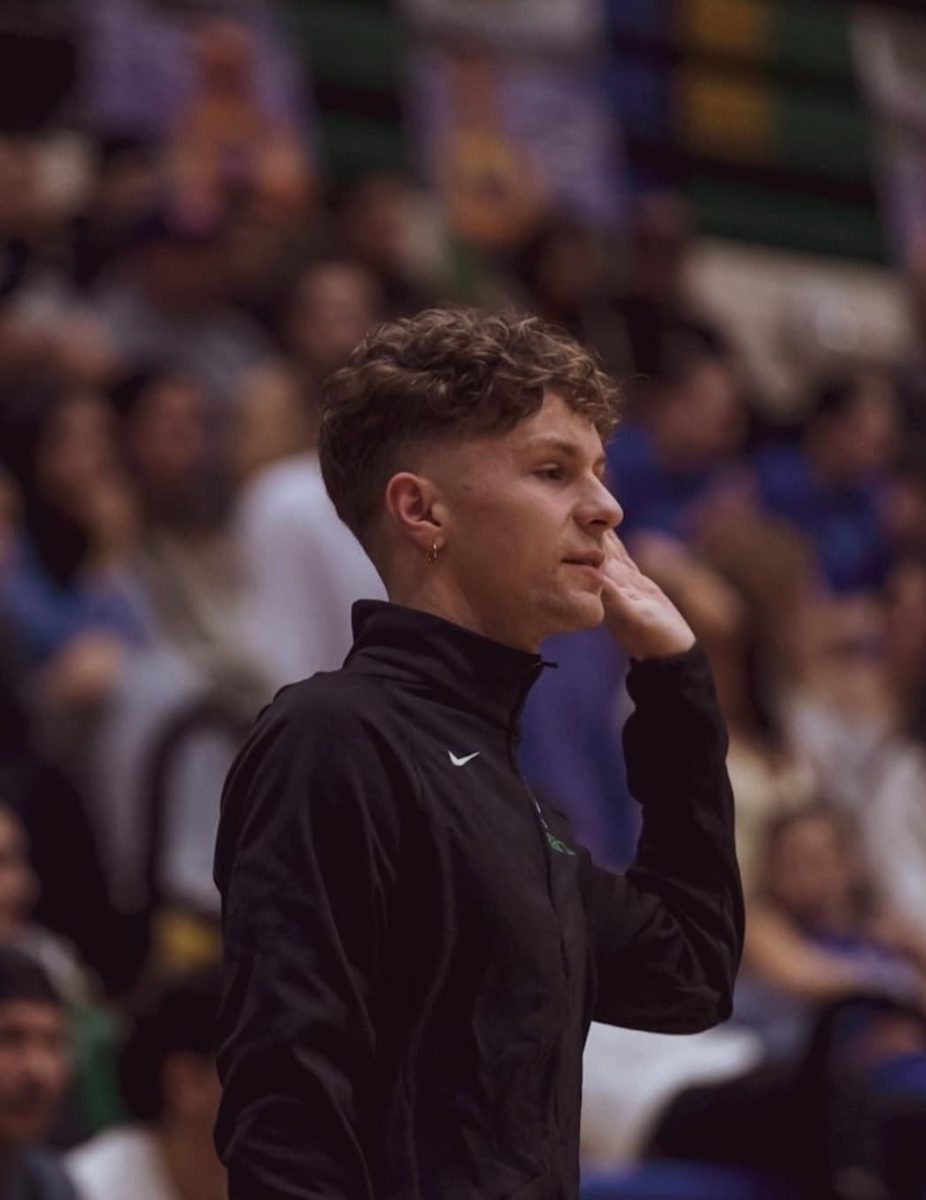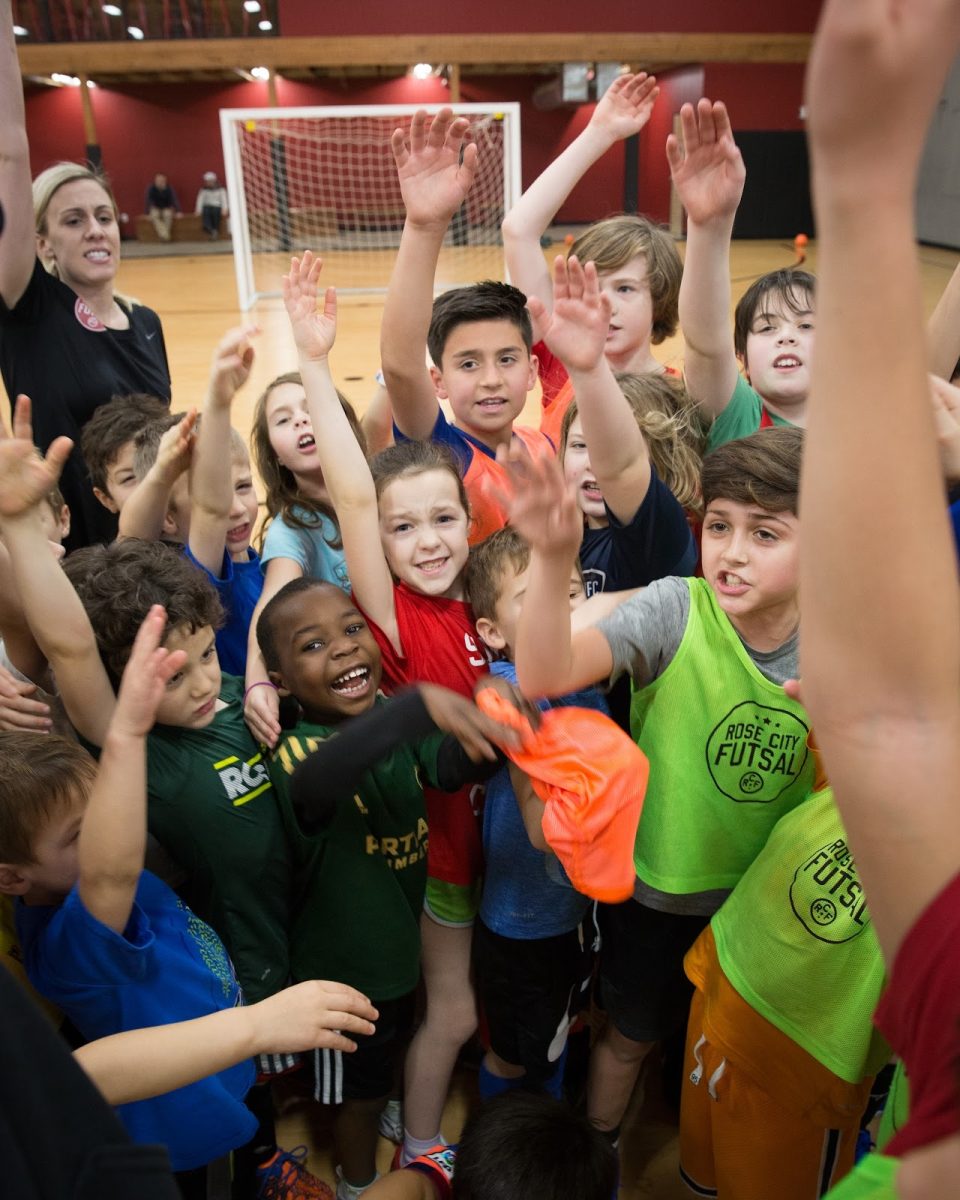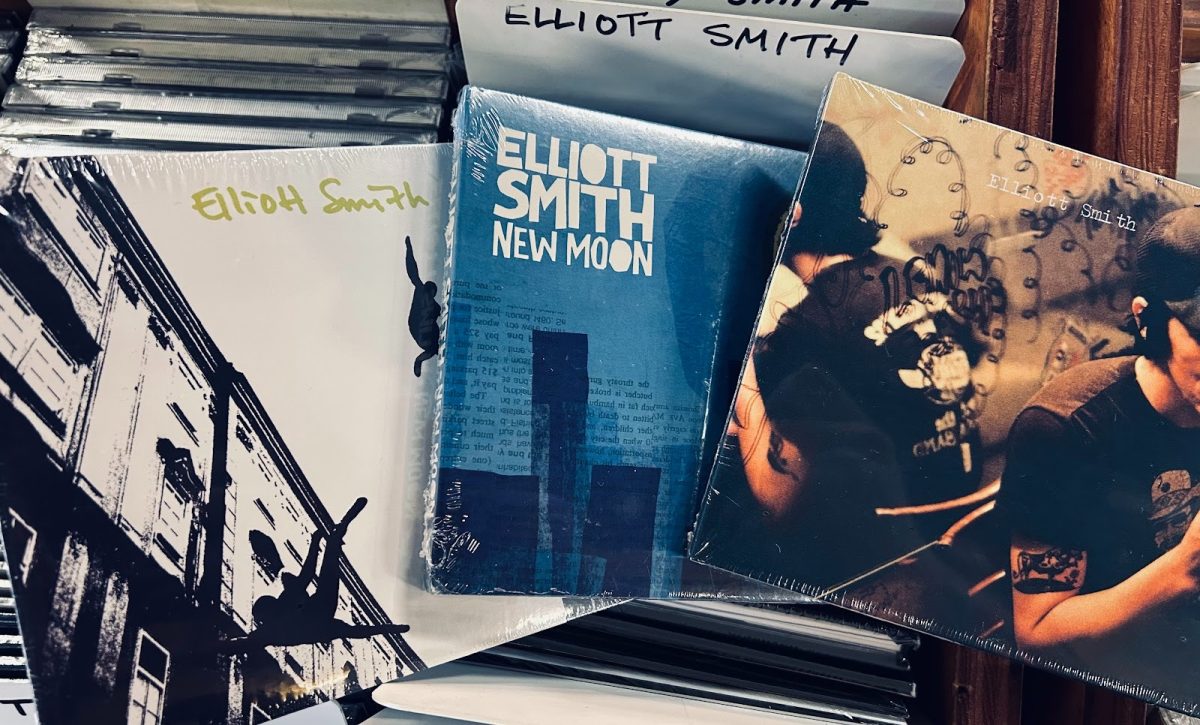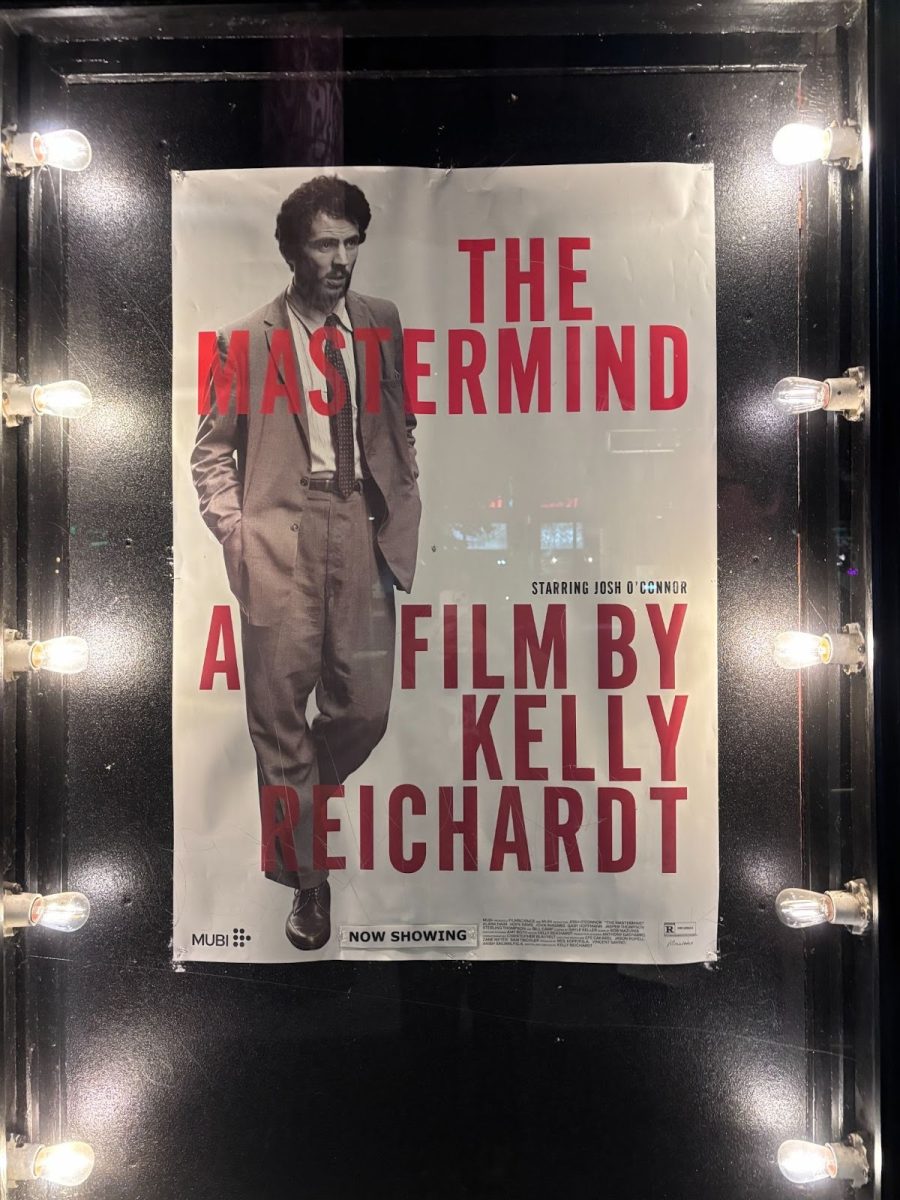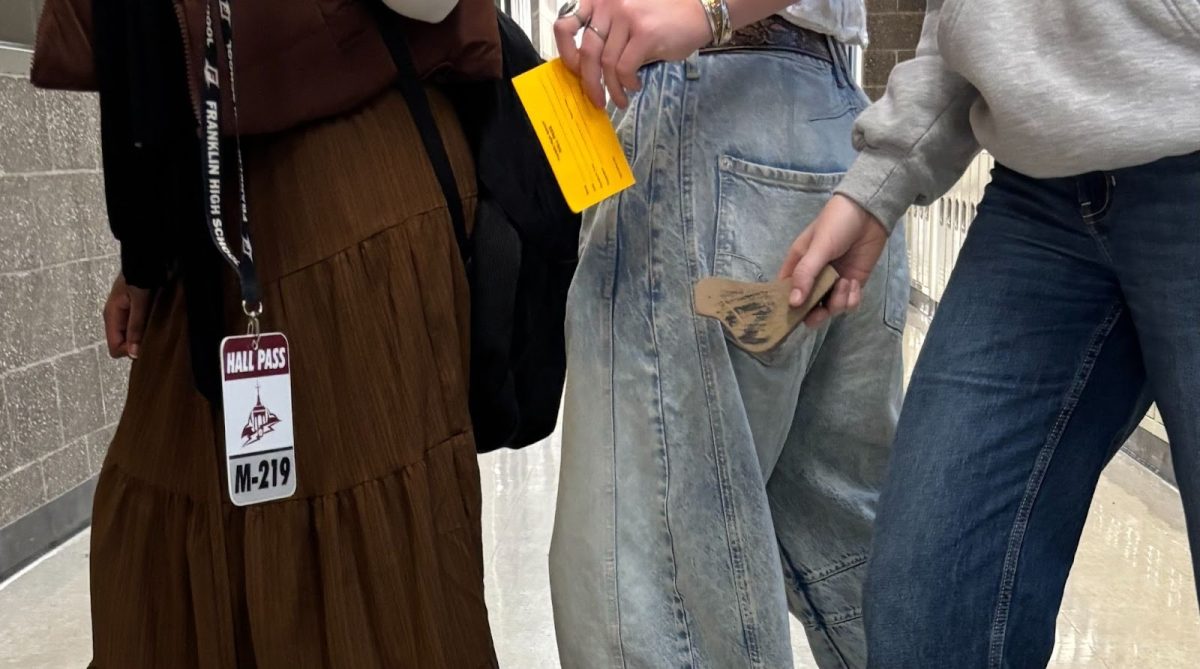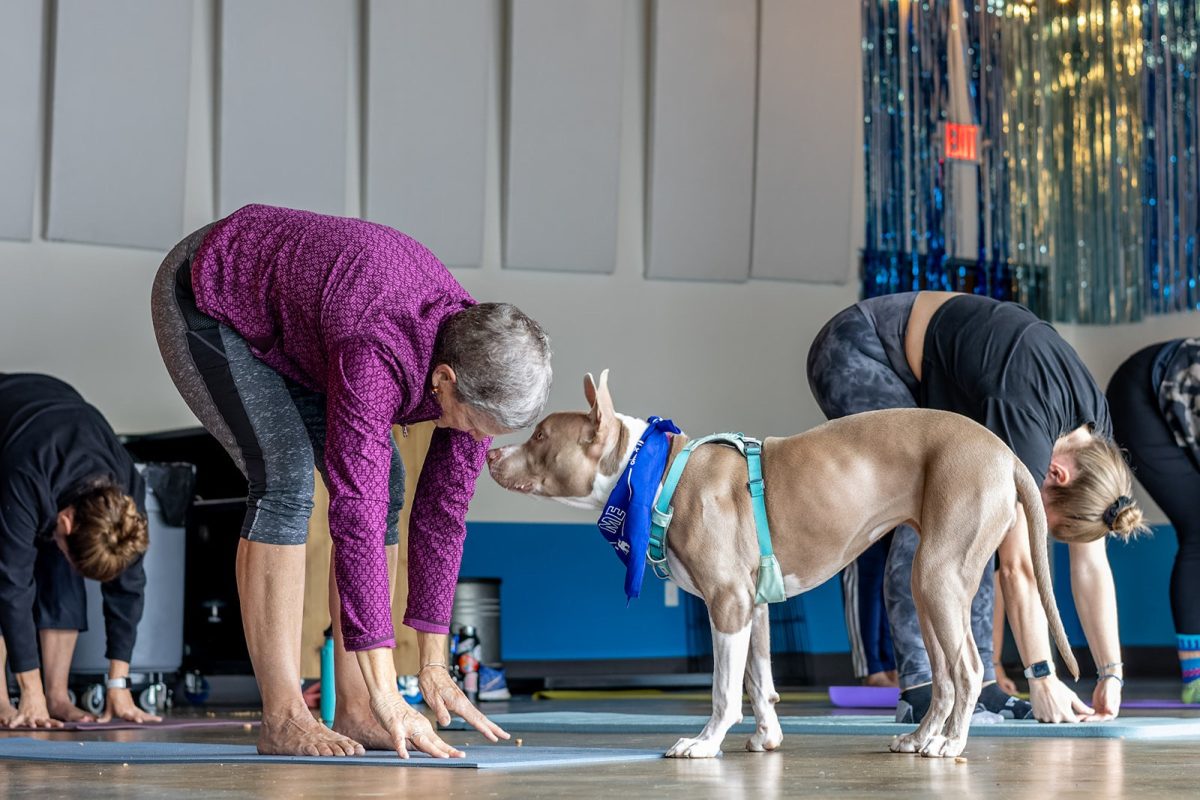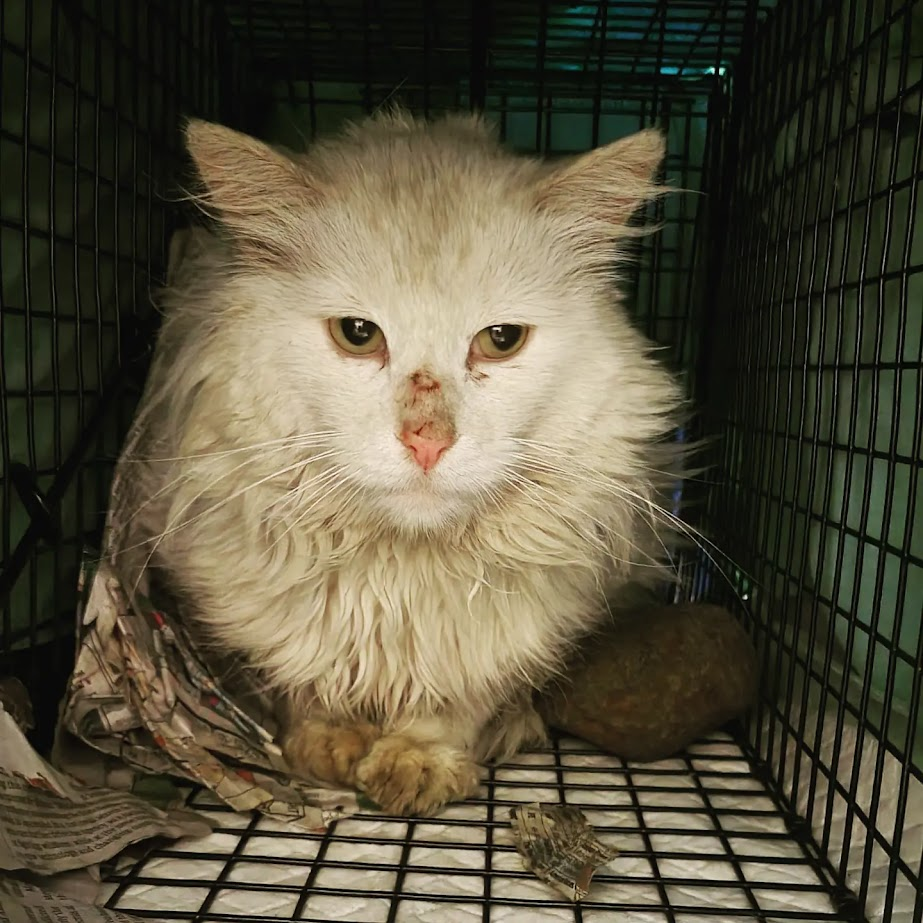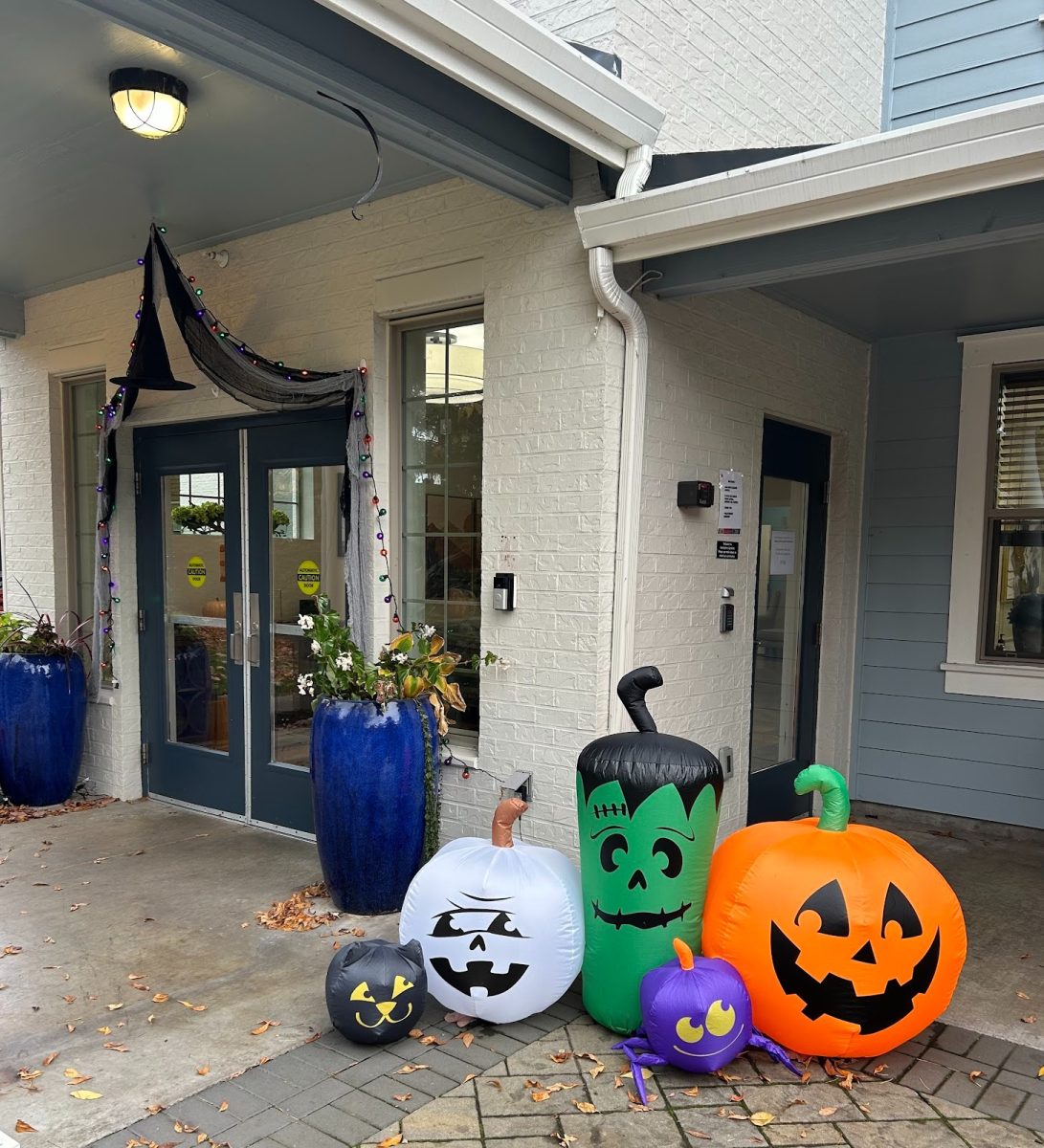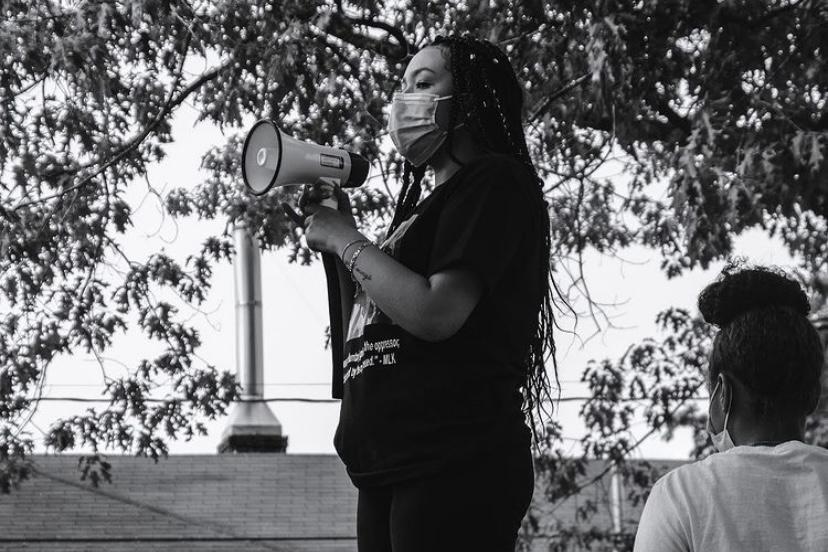
With the widespread Black Lives Matter protests this summer, activism has been on the rise. As a White person myself, I am aware of the importance of White allyship when it comes to issues BIPOC (Black and Indigenous people of color) communities face. I am equally aware of the dangers of White silence. But while activism is great, there is a difference between genuine activism and performative activism.
Though it isn’t always so simple, this difference generally comes down to the intentions behind your actions. Franklin senior Zéa Abreu says performative activists “are people or organizations that get involved [with a cause] and act on social media as though they are working towards resolving it to gain attention, followers, and clout.” By contrast, Abreu, who organized her own Black Lives Matter protest last June, says true activists work towards “the ultimate goal of change and growth within society.” In other words, activism is about the larger movement, not the individual and the credit they want to receive.
“A thought I’ve had lately is that motivation for posting infographic type information should not be born from the desire to alleviate White guilt,” says Franklin senior Miro Enriquez. For White people with a lot of empathy for the BIPOC community, there is a fine line between sharing a post on social media because you care and posting it to feel less guilty. “I typically don’t repost something unless I’m like ‘I really want people to see this,’” says Enriquez.
Enriquez also notes that true activism goes far beyond just raising awareness on social media. “If I post an infographic on my Instagram story, that’s not activism,” says Enriquez. “Activism takes a lot more action, and I don’t think everybody has to be an activist, but everyone should care about things.”
On this difference between raising awareness and being an activist, Abreu says that while they are not the same thing, both are important. The main difference is in the word itself: action. “Activists take action, they create their own path in the movement that contributes to the result they want.”
But you don’t need to be consistently involved in activism to be an ally; this is not some either/or type of situation where activism and performative activism are your only two options. As a member of the BIPOC community herself, Abreu gives helpful insight on what a good ally looks like. “A good ally is someone who supports you, works towards improvements with you, stands up for you, and ultimately makes you feel like you are not alone,” she says. She notes that this support includes “[avoiding comparing] your experiences to those of your Brown and Black peers, because their experience in life is completely different than yours and will never be comparable.”
This difference in experience is part of White privilege, something that can be used for both good and bad. Abreu highlights the importance of using White privilege for good in being an ally. This means “seizing the resources and opportunities you may have that [people of color] don’t, to raise awareness and take action.”
Ultimately, there is no exact procedure for allyship. It can get complicated and requires a lot of work. The important thing is to make sure you compliment the occasional Instagram infographic with daily allyship practices to go beyond the limited nature of performative activism.
“I don’t repost stuff unless it really speaks to me,” says Franklin student Annabelle Poncet (12). “I focus more on learning on my own and then carrying that with me through everyday life instead of being active on social media.” Poncet used a lot of her added free-time in quarantine to read books by Black authors and watch documentaries about race issues. “Ultimately I think the time I spend learning things on my own is more valuable than showing others on social media that I can repost a picture which says nothing about how I fulfill my role as an ally.”
Educating yourself through books, documentaries, and other media like Poncet mentions is a great way to stay informed. Listening to your peers is important, but relying on your Black and Brown friends to “enlighten you” on race issues is taxing when you can just as easily take matters into your own hands. Taking the initiative to do your own research and exploration is a critical component of being an ally. There are plenty of black authors, film makers, and others out there who share stories of the Black experience professionally. From Just Mercy by Bryan Stevenson (which is also now a movie) to Spike Lee’s Do the Right Thing, there is an abundant selection of anti-racist media to explore.
Even though we all may try our best to avoid performative activism and truly commit to a cause, we cannot be perfect, and that’s okay. Sometimes, actions can come across as performative, even if that isn’t the intention. “Honestly I would say if you have social media you are guilty of doing this at least once, myself included,” says Abreu. At the end of the day, we are all human, and we all make mistakes. What’s important is staying informed, staying engaged, giving it your best effort, and recognizing that the work is lifelong.


